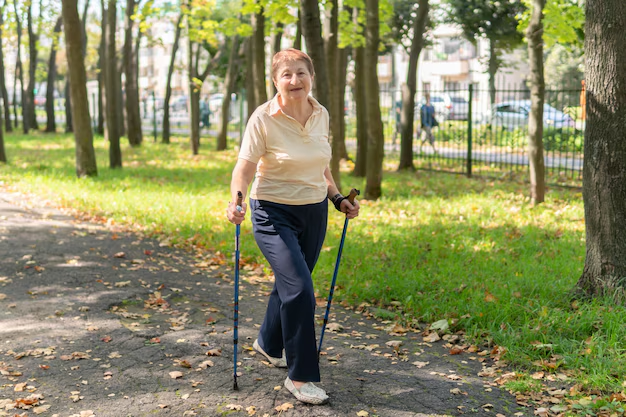Is Osteoporosis Considered a Disability?
Navigating the challenges of osteoporosis can be a daunting experience, especially when you're trying to understand the broader implications on your daily life and financial well-being. One of the pressing questions many face is whether osteoporosis qualifies as a disability, and if so, what kind of support might be available. This question not only touches on issues of health but also brings to light critical considerations about financial assistance and accessibility to support programs.
Understanding Osteoporosis as a Disability
Osteoporosis, a condition characterized by weakened bones and an increased risk of fractures, can significantly impact one's lifestyle. Whether it is considered a disability, however, largely depends on the severity and resulting limitations of the condition. In general, osteoporosis alone might not automatically qualify as a disability under government definitions or insurance criteria. However, if the condition severely restricts one's ability to perform daily activities or necessitates long-term medical intervention, it might meet the criteria for disability depending on the governing body's specific guidelines, such as the U.S. Social Security Administration.
Exploring Government Aid and Support Programs
For those whose osteoporosis significantly impairs their ability to work or carry out daily tasks, exploring government aid programs can be a significant step forward. There are multiple avenues to consider:
Social Security Disability Insurance (SSDI): If your osteoporosis results in substantial limitations, SSDI might offer financial support. Qualification depends on work history and the extent to which the condition hinders working abilities.
Supplemental Security Income (SSI): This program offers assistance based on financial need rather than work history, potentially aiding those with osteoporosis who do not qualify for SSDI.
Medicare and Medicaid: Both programs may help cover medical costs associated with osteoporosis, including medications, doctor visits, and treatment options.
Financial Assistance and Debt Relief
Dealing with the healthcare costs associated with managing osteoporosis can be a financial strain. It is essential to explore various financial assistance options that can alleviate this pressure:
Medical Debt Relief: If osteoporosis has led to significant medical expenses, consider debt relief programs that can help negotiate or reduce the amount owed.
Credit Card Solutions: Some credit cards offer low-interest or zero-interest options on medical expenses, providing a temporary buffer to manage costs related to osteoporosis treatment.
Tax Deductions for Medical Expenses: Under certain circumstances, you might be able to deduct medical expenses from your taxes, potentially easing the financial burden.
Educational Grants and Opportunities
For younger individuals dealing with osteoporosis or for families affected by the condition, educational grants can provide additional support:
Scholarships for Students with Disabilities: Some organizations offer scholarships specifically for students who have disabilities, including severe cases of osteoporosis.
Vocational Rehabilitation Programs: These programs are designed to help individuals with disabilities re-enter the workforce, providing training and support for suitable job placement.
Managing osteoporosis requires a comprehensive approach that considers both the medical and financial aspects of living with the condition. While osteoporosis might not always be classified as a disability, exploring various support avenues can provide much-needed relief.
Consider these resources as you navigate the intersection of health and finance:
- 🏢 SSDI & SSI Programs: Financial assistance for those qualifying as disabled.
- 🏥 Medicare/Medicaid: Helps cover osteoporosis-related medical costs.
- 💳 Credit Solutions: Explore low-interest credit options for medical expenses.
- 📉 Debt Relief Options: Programs to negotiate and reduce medical debt.
- 🎓 Educational Grants: Scholarships and vocational training for those impacted by osteoporosis.

Related Topics
- a Nurse Is Caring For a Client Who Has Osteoporosis.
- a Percutaneous Is Performed To Treat Osteoporosis Related Compression Fractures
- Can Alcohol Cause Osteoporosis
- Can I Do Pilates If I Have Osteoporosis
- Can I Reverse Osteoporosis
- Can Men Get Osteoporosis
- Can Osteoporosis Affect Teeth
- Can Osteoporosis Be Cured
- Can Osteoporosis Be Painful
- Can Osteoporosis Be Reversed